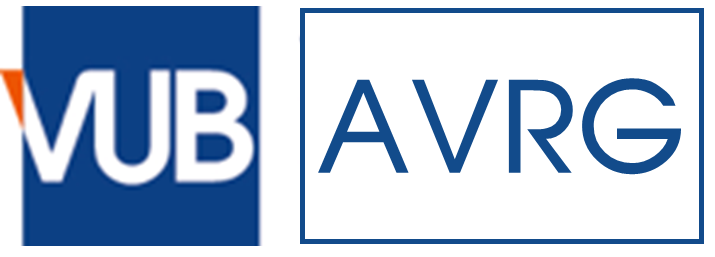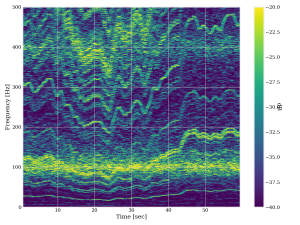Background
Condition monitoring allows maintenance to be scheduled, or other actions to be taken to prevent consequential damages and avoid its consequences. It has a unique benefit in that conditions that would shorten normal lifespan can be addressed before they develop into a major failure.
Our group is specialized in vibration-based analysis of rotating machinery. Vibrations can usually be measured easily nowadays thanks to the cost reduction in sensor and data acquisition equipment. It is therefore not only a quick and inexpensive way to assess the condition of machinery, but also a very effective approach. This is thanks to the advanced signal processing techniques that we employ to filter out the signals of interest (e.g. from bearings or gears).
After this processing stage, the pre-processed signals are analyzed and quantified using various metrics, ranging from simple statistical metrics (e.g. energy levels, impulsiveness, etc.) to more advanced ones (e.g. degree of cyclostationarity, gaussianity, etc.).
Typically the analysis of these vibrations brings about a large number of health indicators. Hence we make use of AI algorithms to fuse these health indicators together in a physically meaningful way and thus reduce the total number of indicators that need interpreting. This last step reduces the amount of work for an expert significantly and allows for a more high-level approach in assessing whether the machine is healthy or not.


